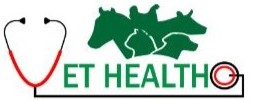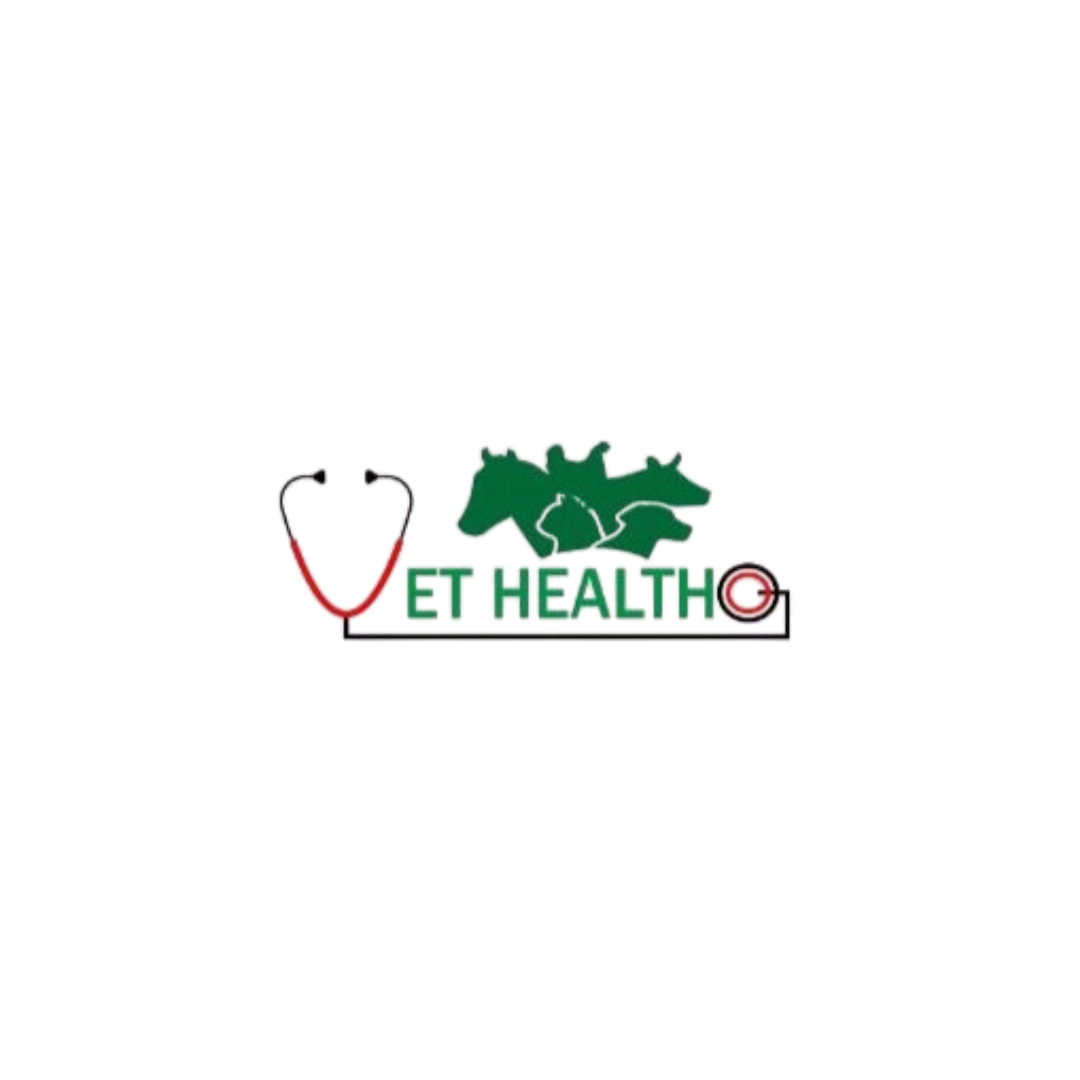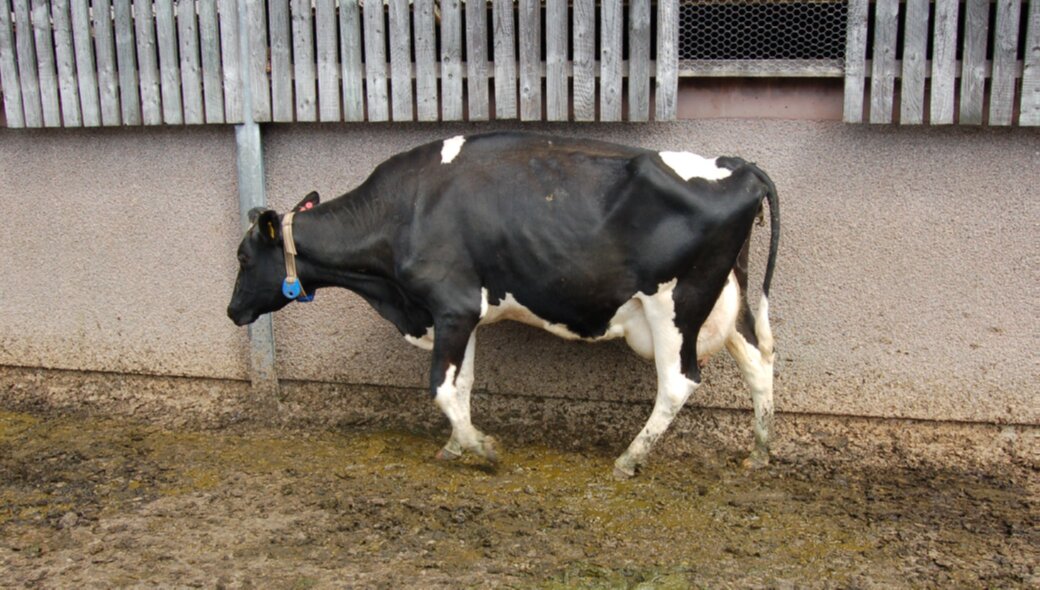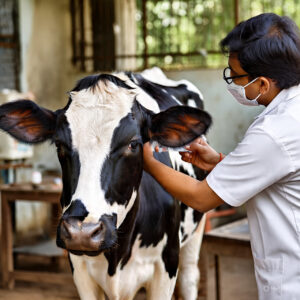Lameness in Cows: Causes, Symptoms, and Prevention Tips
Lameness in cows is a major health issue in dairy and beef farming. It refers to difficulty in walking or standing due to pain in the feet or legs. Ignoring early signs can lead to poor milk output, low fertility, and reduced overall health of cattle.
Lameness in cows is a common health problem that can significantly affect their welfare and farm productivity. It occurs when a cow experiences pain or discomfort in one or more of its limbs, leading to difficulty in walking or standing properly.
Lameness in Cows: Common Causes Every Farmer Should Know
- Hoof injuries: Cuts, bruises, or punctures caused by sharp objects in the barn or pasture.
- Infections: Conditions like foot rot and digital dermatitis caused by bacteria thriving in wet, dirty environments.
- Poor hoof care: Neglecting regular trimming leads to overgrowth, cracks, and imbalance.
- Environmental factors: Wet, muddy, or uneven flooring increases the risk of injuries.
- Nutritional deficiencies: Lack of essential minerals can weaken hoof structure.
Prevention Strategies:
- Regular hoof trimming and inspection to maintain healthy feet.
- Maintaining clean, dry, and comfortable living areas for cows.
- Providing balanced nutrition enriched with minerals like zinc and biotin.
- Promptly isolating and treating infected animals to prevent spread.
- Implementing proper flooring and walking surfaces to reduce stress on limbs.
Addressing lameness early improves cow comfort, milk yield, and reproductive efficiency. A proactive approach involving regular veterinary checkups and good farm management helps minimize the impact of lameness on your herd’s health and productivity.
What Causes Lameness in Cows?
- Hoof injuries: Stones, nails, or uneven surfaces can injure the hoof.
- Infections: Bacterial conditions like foot rot and digital dermatitis thrive in moist, dirty floors.
- Poor hoof trimming: Untrimmed hooves cause imbalance, cracks, and stress.
- Nutritional imbalance: Lack of zinc, copper, or biotin weakens hoof structure.
- Rough flooring or poor housing: Muddy or hard floors increase pressure on the legs.
Symptoms of Lameness:
- Limping or uneven walking
- Standing alone or lying down longer
- Swollen or warm hooves
- Reluctance to move or decreased feeding
Prevention of Lameness in Cattle:
- Regular hoof trimming and hygiene checks
- Provide clean, dry bedding and smooth flooring
- Balanced diet with proper minerals and vitamins
- Isolate and treat infected cows quickly
- Consult a vet for regular hoof inspections
Why Prevention Matters:
Preventing lameness improves cow comfort, milk yield, fertility, and overall farm productivity. A proactive approach saves costs and improves animal welfare.




